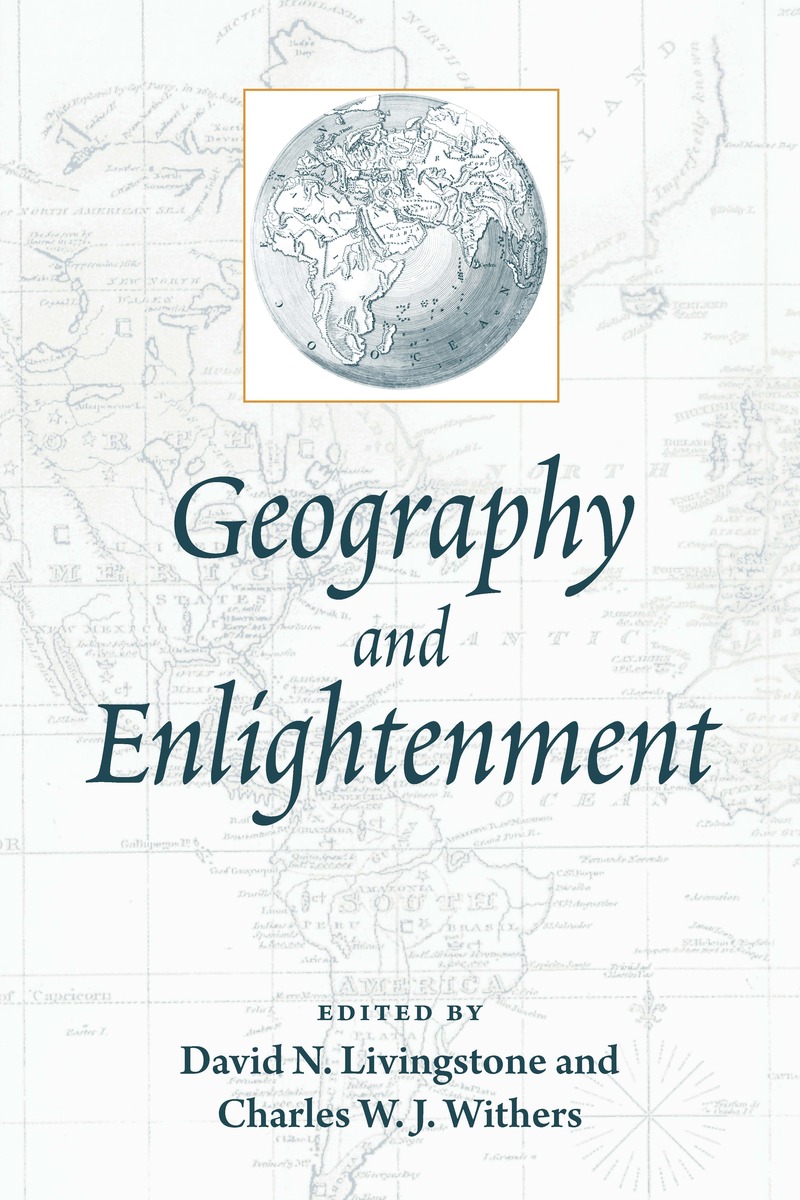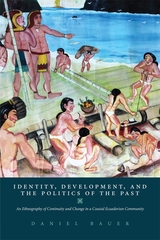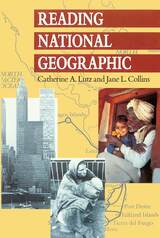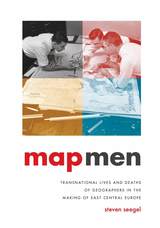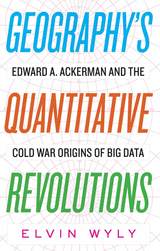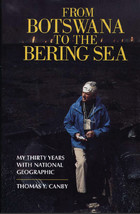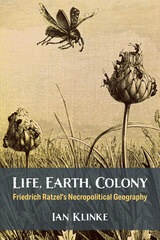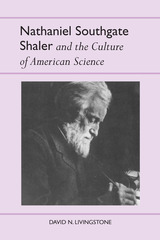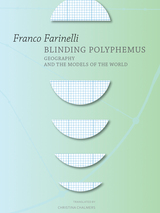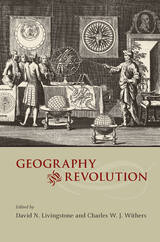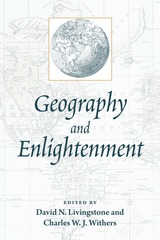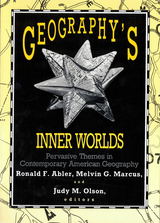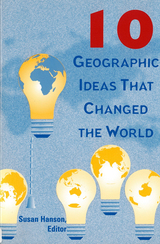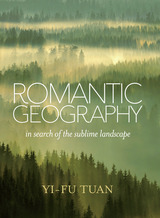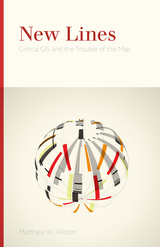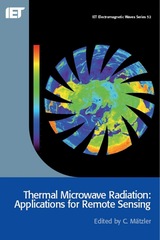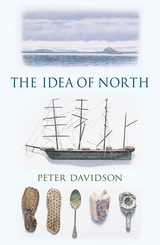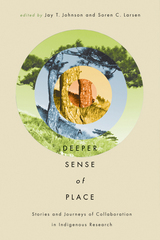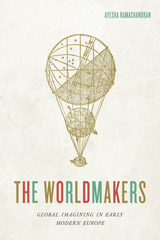Geography and Enlightenment
University of Chicago Press, 1999
Cloth: 978-0-226-48720-5 | Paper: 978-0-226-48721-2
Library of Congress Classification G70.G4432 1999
Dewey Decimal Classification 910.9
Cloth: 978-0-226-48720-5 | Paper: 978-0-226-48721-2
Library of Congress Classification G70.G4432 1999
Dewey Decimal Classification 910.9
ABOUT THIS BOOK | AUTHOR BIOGRAPHY | TOC | REQUEST ACCESSIBLE FILE
ABOUT THIS BOOK
Geography and Enlightenment explores both the Enlightenment as a geographical phenomenon and the place of geography in the Enlightenment. From wide-ranging disciplinary and topical perspectives, contributors consider the many ways in which the world of the long eighteenth century was brought to view and shaped through map and text, exploration and argument, within and across spatial and intellectual borders.
The first set of chapters charts the intellectual and geographical contexts in which Enlightenment ideas began to form, including both the sites in which knowledge was created and discussed and the different means used to investigate the globe. Detailed explorations of maps created during this period show how these new ways of representing the world and its peoples influenced conceptions of the nature and progress of human societies, while studies of the travels of people and ideas reveal the influence of far-flung places on Enlightenment science and scientific credibility. The final set of chapters emphasizes the role of particular local contexts in Enlightenment thought.
Contributors are Michael T. Bravo, Paul Carter, Denis Cosgrove, Stephen Daniels, Matthew Edney, Anne Marie Claire Godlewska, Peter Gould, Michael Heffernan, David N. Livingstone, Dorinda Outram, Chris Philo, Roy Porter, Nicolaas Rupke, Susanne Seymour, Charles Watkins, and Charles W. J. Withers.
The first set of chapters charts the intellectual and geographical contexts in which Enlightenment ideas began to form, including both the sites in which knowledge was created and discussed and the different means used to investigate the globe. Detailed explorations of maps created during this period show how these new ways of representing the world and its peoples influenced conceptions of the nature and progress of human societies, while studies of the travels of people and ideas reveal the influence of far-flung places on Enlightenment science and scientific credibility. The final set of chapters emphasizes the role of particular local contexts in Enlightenment thought.
Contributors are Michael T. Bravo, Paul Carter, Denis Cosgrove, Stephen Daniels, Matthew Edney, Anne Marie Claire Godlewska, Peter Gould, Michael Heffernan, David N. Livingstone, Dorinda Outram, Chris Philo, Roy Porter, Nicolaas Rupke, Susanne Seymour, Charles Watkins, and Charles W. J. Withers.
See other books on: Earth Sciences | Enlightenment | Geography | Livingstone, David N. | Withers, Charles W. J.
See other titles from University of Chicago Press
